Commemorating 100 Years of Bosscha Observatory, Astronomy Colloquium Discusses the Development of Black Hole Observation
By Adi Permana
Editor Adi Permana
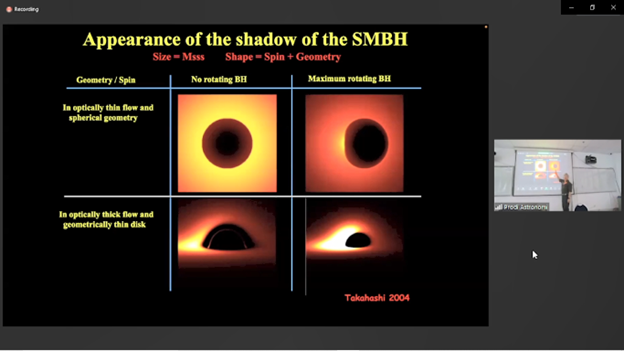
BANDUNG, itb.ac.id—To celebrate the 100th anniversary of Bosscha Observatory, the Astronomy Research Group held an astronomy colloquium titled "Studying Gravity Around Black Holes". The conference was delivered by the director of East Asian Observatory, Prof. Paul Who, on Friday (01/27/2023).
Scientists have long been captivated by black holes. One of the most significant milestones they have achieved in the last five years was the image of a supermassive black hole in 2019 that instantly made headlines.
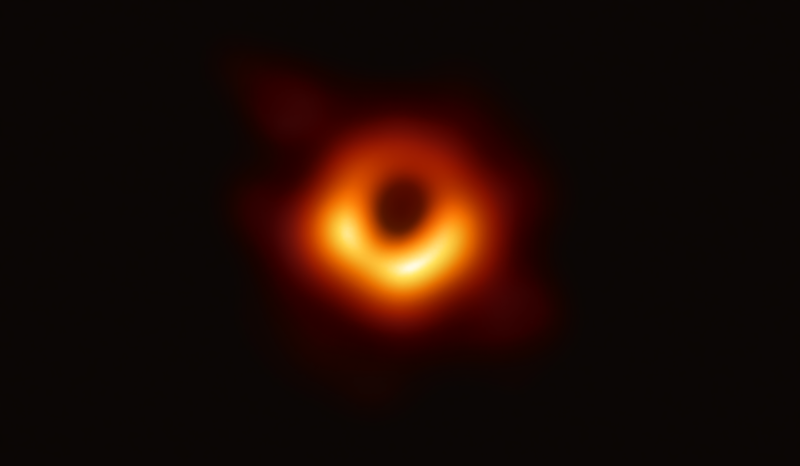
Scientists could document a black hole in the center of the M87 galaxy using the Event Horizon telescope. Hot gas emissions are seen swirling around it under powerful gravitational influence near its event horizon—photo: Event Horizon Telescope collaboration et al.
Before scientists could capture the image of a black hole, they could only estimate its size, shape, and position based on its gravitational waves. This monumental photograph further confirmed the theory of general relativity and fundamental physics.
Initially, black holes could only be viewed through sound ripples in space generated by their gravitational waves. The LIGO (Laser Interferometer Gravitational-Wave Observatory) project was put into motion to research more about these ripples. LIGO managed to record sound ripples from the collision of two black holes in 2015. This information is then refined using the Subaru Hyper Suprime Cam Project which sought to map galaxies based on their distribution of dark matter. The result was a model that could predict the curvature of light produced from black hole collisions at different wavelengths.
"Gravitational-wave observations are done by listening to the sound of two exceptionally dense objects colliding. Detectors afterward record the resulting waves as vibrations," Prof. Ho explained.
Aside from their sound, black holes can be detected through the motion of objects around them. This motion can be demonstrated by a star orbiting a seemingly empty space in the center of a galaxy. Scientists had predicted that space was a black hole. Using the same technique, they proved the existence of a black hole in the center of our galaxy: Sagittarius A*. This discovery also proved Einstein's theory of general relativity a century later.
As technology progressed, black hole observations reached a point where humans could not only listen to or perceive it but also directly see what it looked like.
The main challenge faced by astronomers in reconstructing the images of a black hole was the vast distance between Earth and the black hole itself. Conventional methods require an earth-sized telescope to capture a photo of the black hole. For better documentation, astronomers used VLBI (Very Long Baseline Interferometry) to combine multiple telescopes across the globe into one giant, powerful telescope. These telescopes work together to assemble the shots of the black hole taken based on the radio waves recorded by each of them.
"VLBI's main idea is to engineer earth-sized telescopes and capture full images like a series of mirrors. The calculations must be exact to achieve this," Prof. Ho elaborated.
During the colloquium, Prof. Ho emphasized that the rapid advancement of astronomy in recent decades has pushed many Asian countries, including Indonesia, to join international space research. With great human resources and GDP potential, these countries may become future pioneers in astronomical research and space exploration.
Reporter: Hanifa Juliana (Urban and Regional Planning '20)
Translator: Ariq Ramadhan Teruna (Chemical Engineering '21)

.jpg)
.jpg)
.jpg)
.jpg)
.jpg)
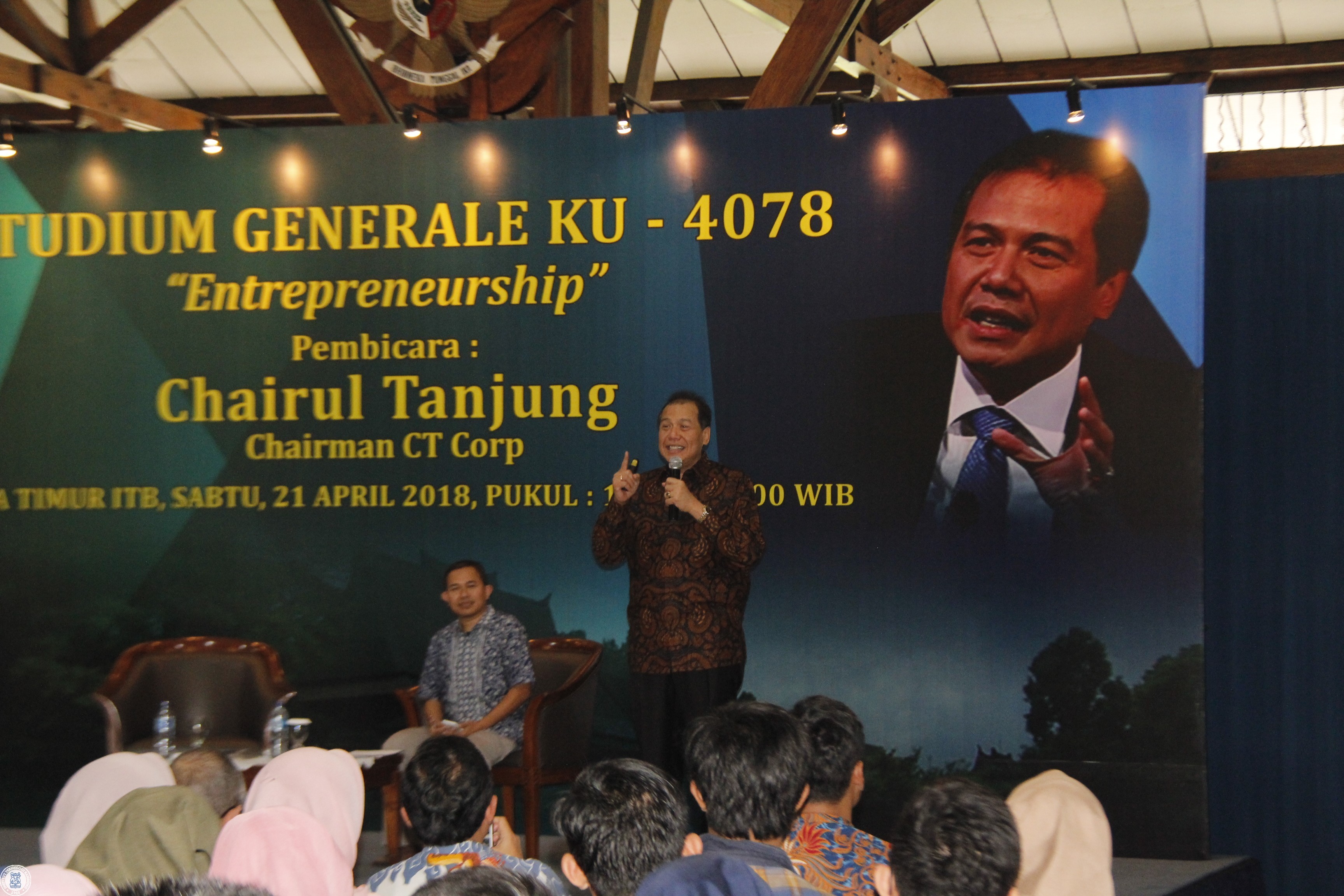
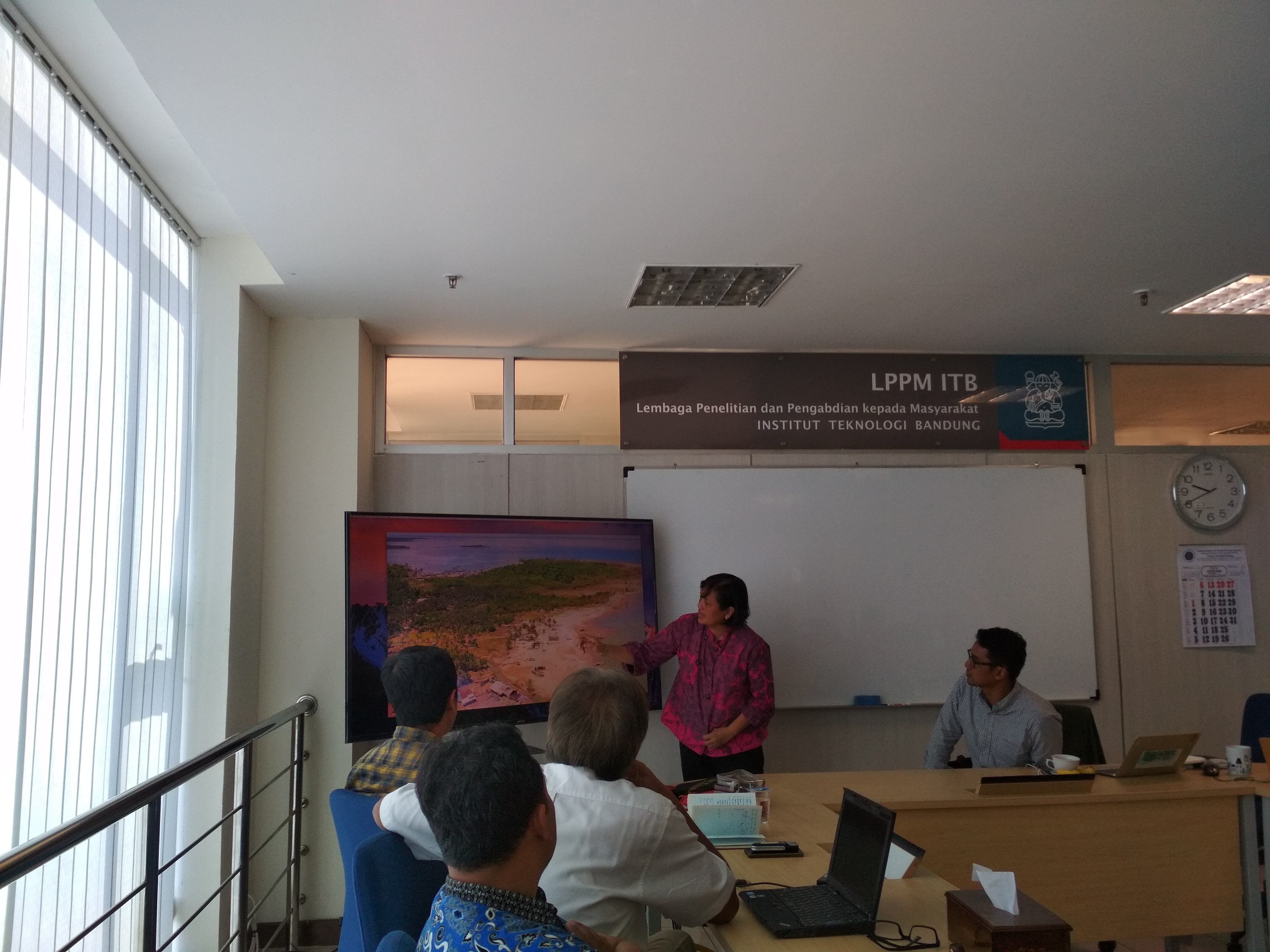
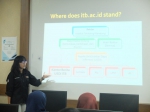
.jpg)